97102601 Quondam collection elevations
2296i16
2002.10.26 11:06
Re: Monkeys and designers
You raise an interesting point. I've never heard of the 100th monkey notion, but I have from time to time wondered about the fact "that designers, that have never seen the work of another, and living across geographic bounds, can create similar art." In the mid-1980s I thought (to myself) that wavelengths, somehow literally and/or figuratively, had to do with an otherwise serendipitous creative/cognitive commonality. The wavelengths (if I try to expand this 'theory') emanate from individuals and these same wavelengths are picked up by other individuals, and in either case heightened sensitivity is involved. Like the 100th monkey notion, as more individuals incorporate a wavelength that is out there, the stronger the wavelength 'signal' becomes. Admittedly, this idea is easily flawed, and I only mention it now as something I used to think (about).
While your question (rightly) centers on creative similarities between disparate artists/designers, a related phenomenon in our time is the effective role of the hired publicist. Recently, I mentioned that Frank Gehry's cardboard furniture was featured in a 1972 issue of Life magazine. I have my own collection of 1972 Life magazines that I received by subscription back then and which I've been taking apart over the years, but I also recently purchased a lot of them via eBay, thus my renewed knowledge of what is in these magazines. I wanted to show the Gehry feature but I didn't bookmark it. So, instead of looking through all the magazines again, I looked up the article in a Gehry bibliography, and I was surprised to find that there were over a dozen 1972 publications that featured an article on
Gehry's cardboard furniture. In this case, the 100th monkey is more specifically the 100th magazine editor contacted by a publicist.
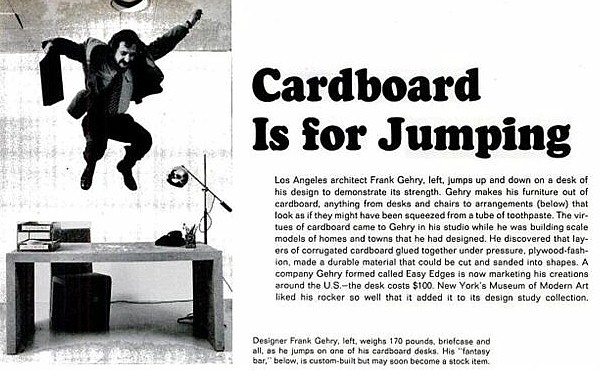
| |
2004.10.26 11:41
Disney
"It does exactly what it's supposed to do."
What's that?
Subliminally turn every visitor into a starry-eyed over-consumer.
2004.10.26 11:51
Confessions of an Architect
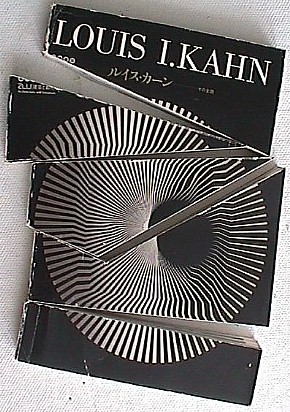
I cant stand the sight of blood
| |
2007.10.26 16:26
Collage Architecture
It's interesting how Robert Venturi's collage perspective of the National Collegiate Football Hall of Fame (1967)
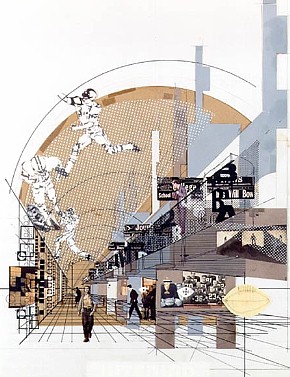
predates Archigram's Instant City (1968) by one year.
One could say that Venturi's collage is an updated POP...
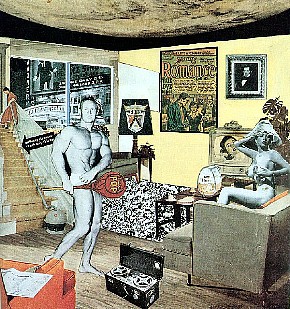
...version of the earlier collages by Mies van der Rohe.
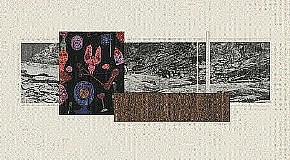
| |
13102601 QGroup along Germantown Avenue IQ3 IQ6 plans 2120i33
13102602 QGroup along American Street Qgroup site plans IQ3 IQ6 plans 2120i34
13102603 Museum of Knowledge (reduced .9732) Chandigarh plans 2175i18
14102601 domestic elevations mostly outlined 2170i48
15102601 Section House working model Governor's Palace elevation 2448i05
15102602 IQ grid 2200 wide bands Northeast Philadelphia 3392ui49
15102603 IQ band grid Northeast Philadelphia DTM Philadelphia Apraksin Neighborhood 3392ui50
16102601 Pantheon Paradigm base map so far IQ15/19 243bi14
16102602 Bustum Hadriani Palace of Versailles Parkway Interpolation for Pantheon Paradigm IQ15/19 243bi15
16102601 OFFICE New Church Hatlehol
17102601 GAUAS22 plans 2429i225
17102602 Hadrian's Villa Villa Rotonda Ury House Palace of Versailles plans 206ki07
17102603 Palace of Versailles plan 1100x1100 2092i7
19102601 Contamination 003 plan 2483i03
|